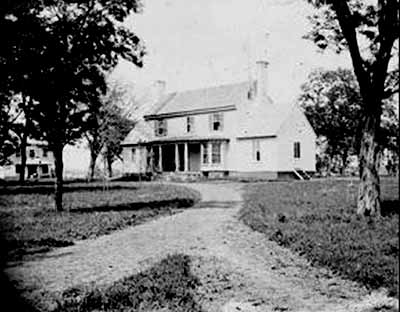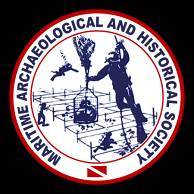
In the spring of 1862,
General George B. McClellan began moving his Union Army of the Potomac up the York and James
rivers toward Richmond in an offensive known as the Peninsula Campaign, designed to attack the Confederate capital.
Just south of White House lay West Point, the crossing of the Richmond and York River Railroad, an important
supply route that ran toward Richmond. The White House plantation was thus an ideal staging area for the Union Army,
and the plantation house soon became McClellan’s base of operations.
The house was also the site of a Union
Army hospital, with hospital ships docked along the busy riverbanks of the Pamunkey River at White House Landing. When
McClellan abandoned the drive on Richmond and moved his base down the James River, retreating Union troops burned the Lee’s
White House. All that remained were the brick chimneys, as seen in the painting below.
|
|
Long prior to the War, the White House was the family
home of Martha Dandridge Custis. The original house was built in the 17th century and was later purchased by Colonel
John Custis. The property passed to his son, Daniel Parke Custis, who married Martha Dandridge. Daniel Custis
died in 1757. George Washington courted Martha at White House and, the story goes, eventually married her there in 1759.
The house that McClellan occupied and burned was not the original plantation house. That
structure burned in 1836.
George Washington’s plantation manager at Mount Vernon, outside the city of Washington, was James Anderson, who had come to
Virginia from Scotland in the early 1790s. Anderson became Washington’s manager and distiller in 1797. After Martha’s
death in 1802, Anderson and his wife, Helen, moved to White House Plantation to manage the property for Martha's grandson,
George Washington Parke Custis. The Andersons remained there until their deaths in 1807 and 1809, and were buried on
the property.
|



